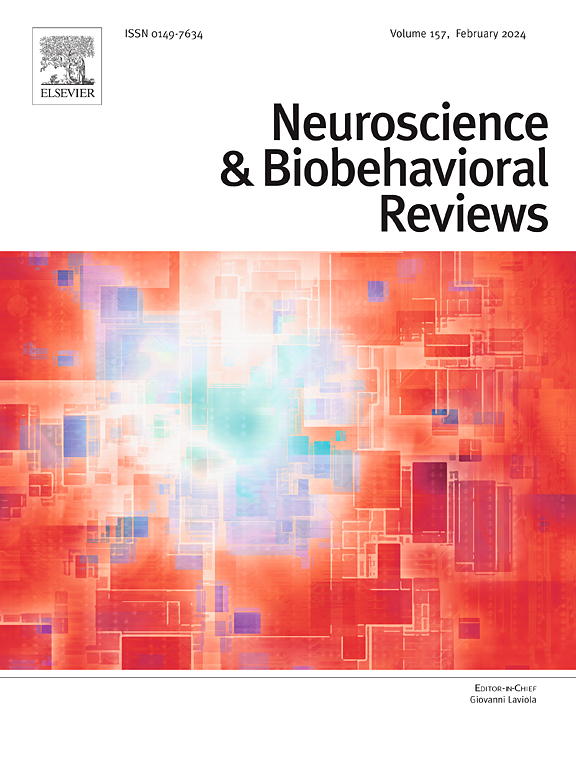Bridging the gap of brain and experience – Converging Neurophenomenology with Spatiotemporal Neuroscience
IF 7.5
1区 医学
Q1 BEHAVIORAL SCIENCES
引用次数: 0
Abstract
Neuroscience faces the challenge of connecting brain and mind, with the mind manifesting in first-person experience while the brain’s neural activity can only be investigated in third-person perspective. To connect neural and mental states, Neurophenomenology provides a methodological toolkit for systematically linking first-person subjective experience with third-person objective observations of the brain’s neural activity. However, beyond providing a systematic methodological strategy (‘disciplined circularity’), it leaves open how neural activity and subjective experience are related among themselves, independent of our methodological strategy. The recently introduced Spatiotemporal Neuroscience suggests that neural activity and subjective experience share a commonly underlying feature as their “common currency”, notably analogous spatiotemporal dynamics. Can Spatiotemporal Neuroscience inform Neurophenomenology to allow for a deeper and more substantiative connection of first-person experience and third-person neural activity? The goal of our paper is to show how Spatiotemporal Neuroscience and Neurophenomenology can be converged and integrated with each other to gain better understanding of the brain-mind connection. We describe their convergence on theoretical grounds which, subsequently, is illustrated by empirical examples like self, meditation, and depression. In conclusion, we propose that the integration of Neurophenomenology and Spatiotemporal Neuroscience can provide complementary insights, enrich both fields, allows for deeper understanding of brain-mind connection, and opens the door for developing novel methodological approaches in their empirical investigation.
弥合脑与经验的鸿沟——神经现象学与时空神经科学的融合
神经科学面临着连接大脑和意识的挑战,意识在第一人称体验中表现出来,而大脑的神经活动只能在第三人称视角下进行研究。为了将神经和精神状态联系起来,神经现象学提供了一个方法论工具包,用于系统地将第一人称的主观体验与第三人称对大脑神经活动的客观观察联系起来。然而,除了提供系统的方法策略(“有纪律的循环”)之外,它还开放了神经活动和主观经验之间的关系,独立于我们的方法策略。最近介绍的时空神经科学表明,神经活动和主观体验有一个共同的潜在特征,即它们的“共同货币”,特别是类似的时空动态。时空神经科学能否为神经现象学提供信息,让第一人称体验和第三人称神经活动之间有更深入、更实质性的联系?本文的目标是展示时空神经科学和神经现象学如何相互融合和整合,以更好地理解大脑-心灵的联系。我们在理论基础上描述了它们的趋同,随后用自我、冥想和抑郁等经验例子来说明。综上所述,我们认为神经现象学和时空神经科学的整合可以提供互补的见解,丰富这两个领域,允许更深入地理解脑-思维联系,并为开发新的实证研究方法打开大门。
本文章由计算机程序翻译,如有差异,请以英文原文为准。
求助全文
约1分钟内获得全文
求助全文
来源期刊
CiteScore
14.20
自引率
3.70%
发文量
466
审稿时长
6 months
期刊介绍:
The official journal of the International Behavioral Neuroscience Society publishes original and significant review articles that explore the intersection between neuroscience and the study of psychological processes and behavior. The journal also welcomes articles that primarily focus on psychological processes and behavior, as long as they have relevance to one or more areas of neuroscience.

 求助内容:
求助内容: 应助结果提醒方式:
应助结果提醒方式:


